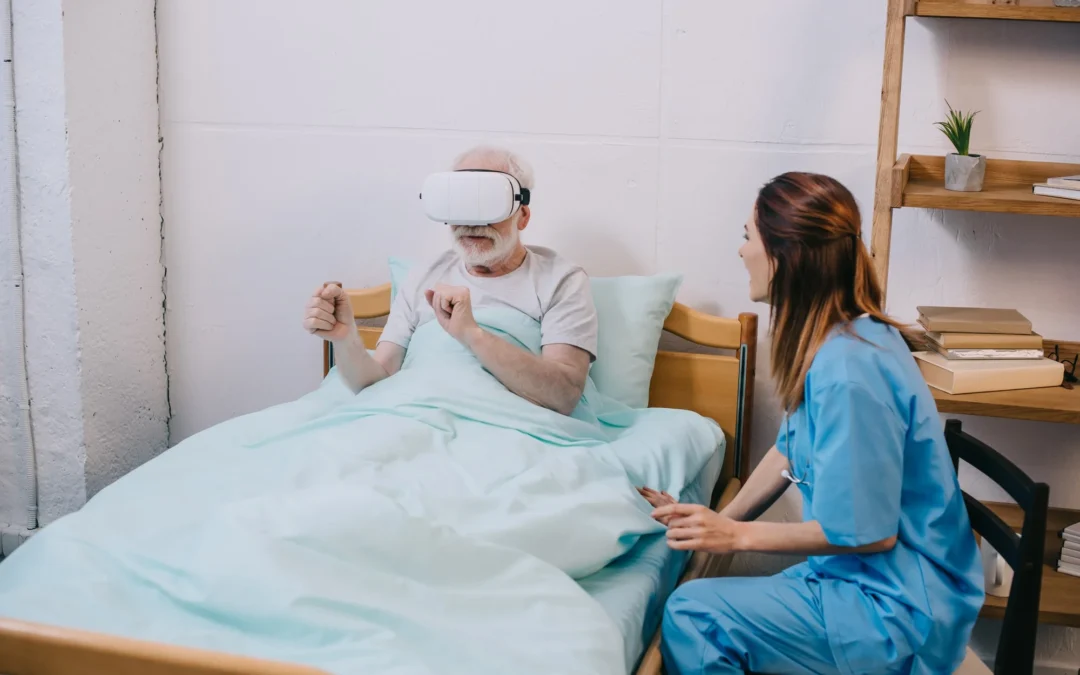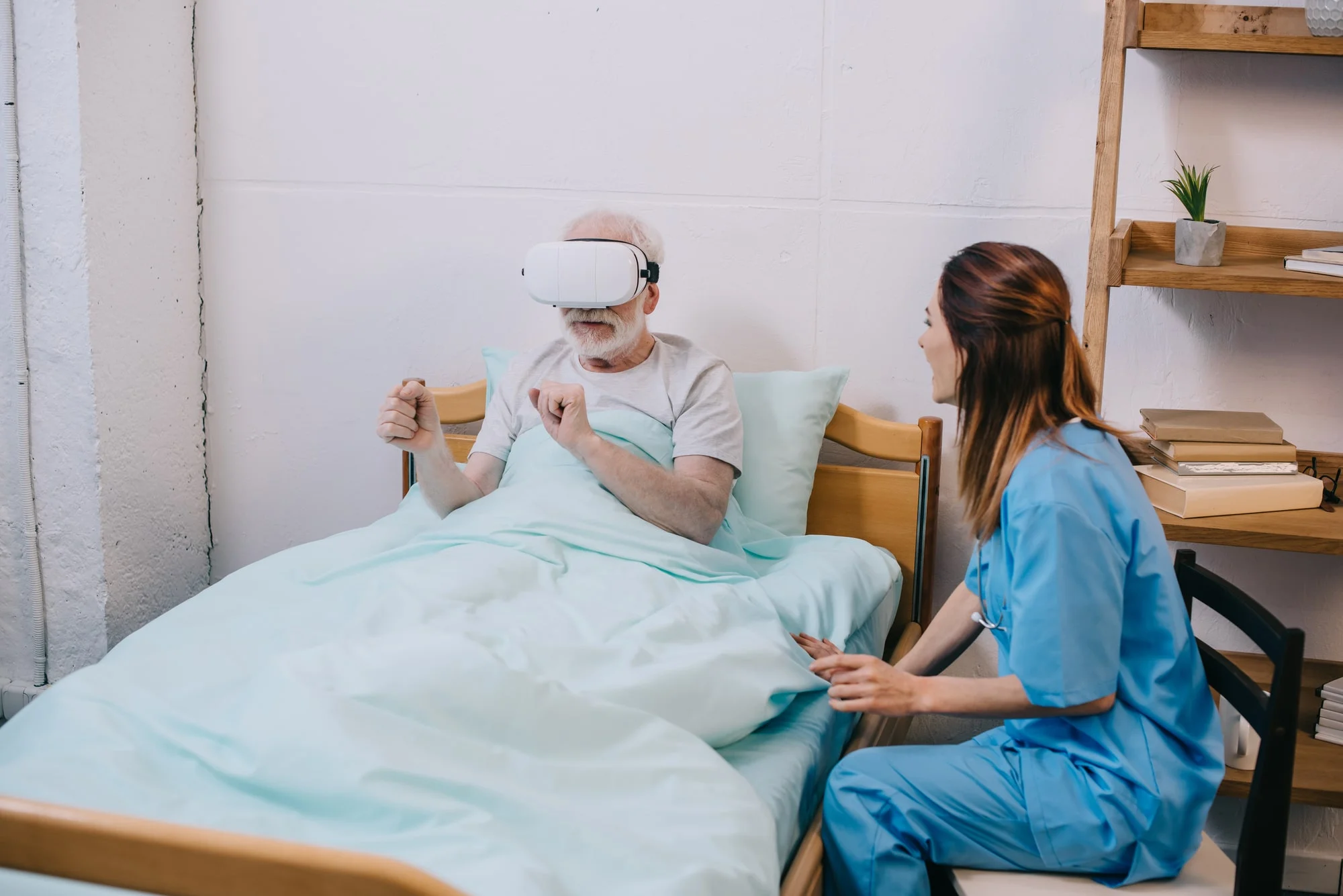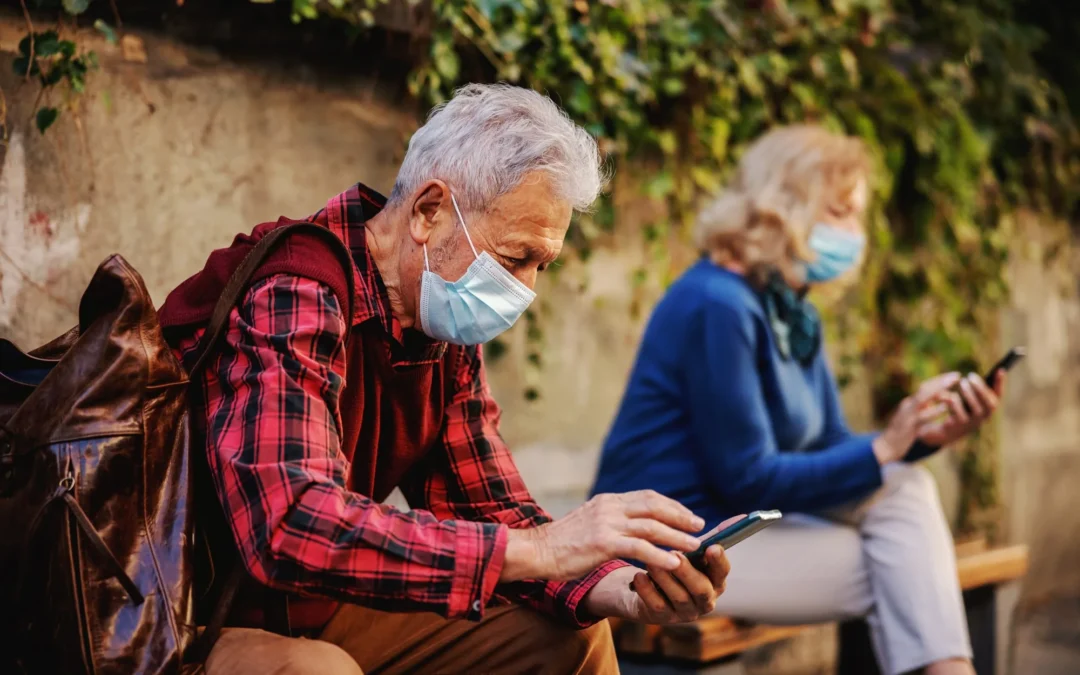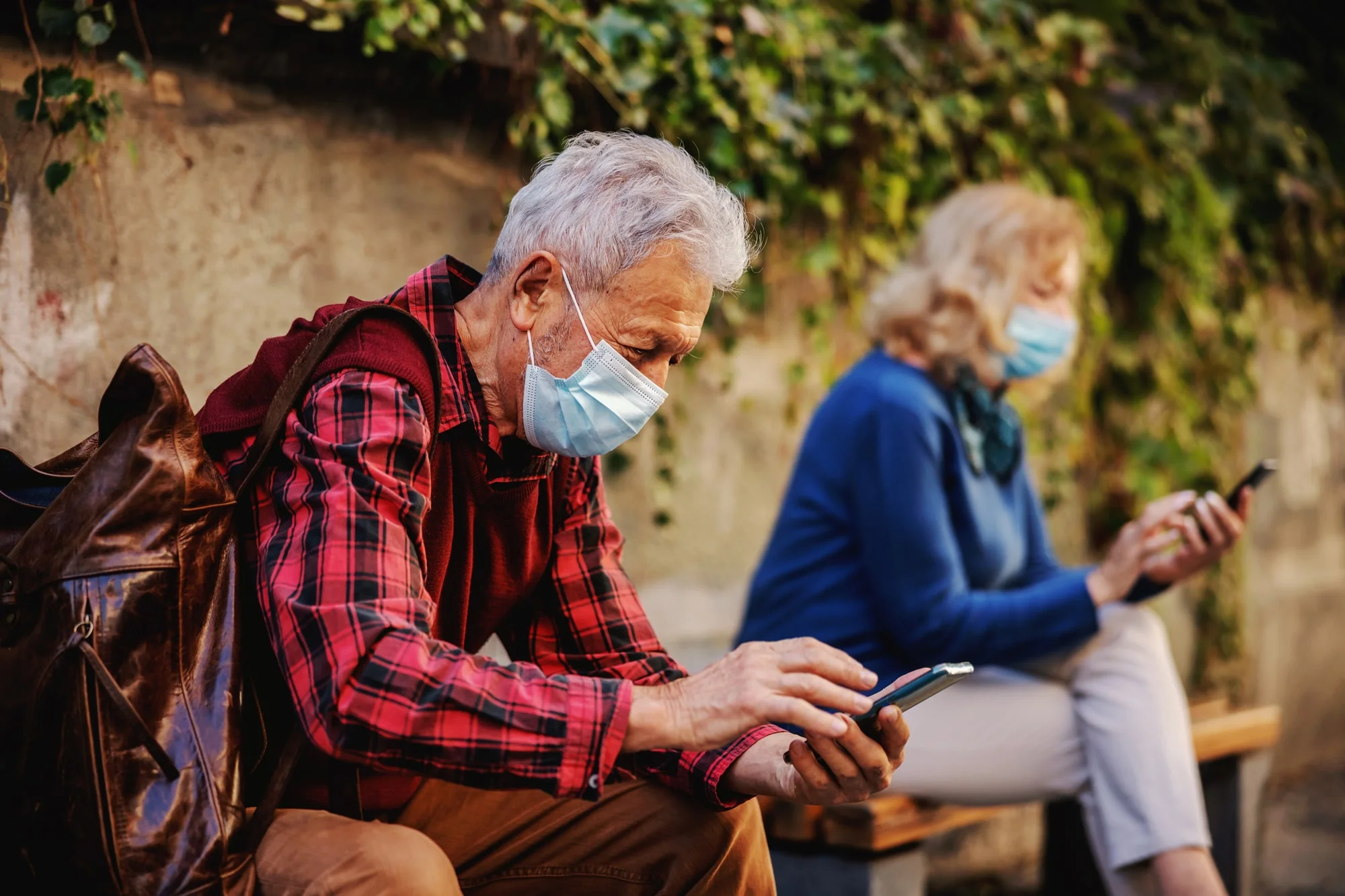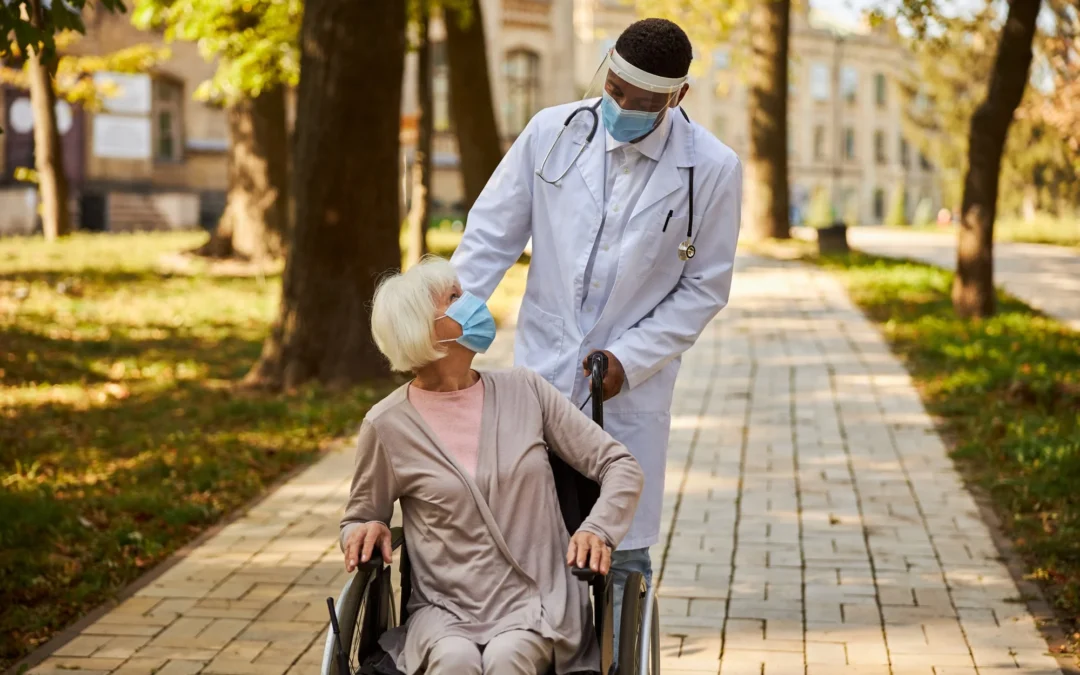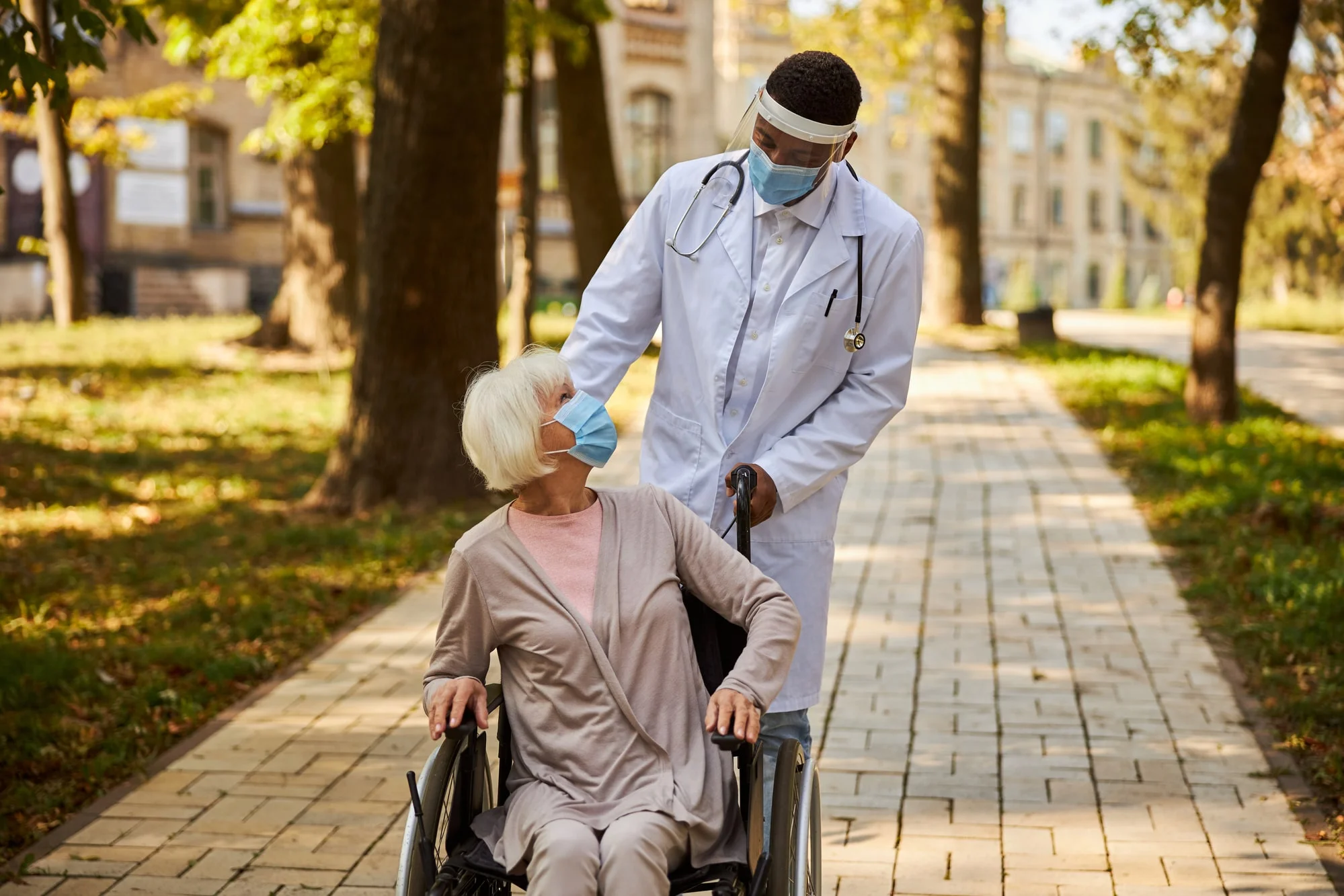
ERCES Considerations When Planning a New Building Construction
When disaster strikes, emergency responders need to move quickly; every second they are delayed to take action could cost lives. The International Fire Code’s ERCES regulations were designed with this principle in mind. These guidelines govern radio infrastructure inside institutional buildings and ensure that all buildings that are accessible to the public maintain a strong radio signal for emergency communications, and they are imperative for developers when drafting plans for new senior living facilities.

What is ERCES?
ERCES, or Emergency Responder Communication Enhancement Systems, refers to the radio system that supports communication between first responders in an emergency situation. The term emergency could refer to anything from a fire or flood to a terrorist event. The important part is not the event itself, but the need for swift and decisive action. Responding appropriately to these types of occurrences often requires extensive coordination between teams of people, and they rely on good radio coverage to do it.
Unfortunately, radio signals weaken when they travel over long distances and through concrete, steel, and other obstructions. This means that ERCES in buildings can sometimes become spotty and unreliant. While this is usually not a concern for small buildings, larger ones may need to include additional broadcast points to ensure coverage throughout the entire structure.
Since the introduction of the IFC 510 in 2009, all new buildings have been required to include any in-building ERCES infrastructure needed to maintain an adequate radio signal. Amendments made in 2015 and 2018 expanded those requirements to include buildings that were constructed prior to 2009 as well.
The Importance of ERCES in Assisted Living
Complying with the IFC 510 is more than just a legal obligation for senior living facilities; it is essential to the safety of your residents and staff. If a fire breaks out or another disaster occurs, they will be in serious jeopardy, and many may be unable to make any independent efforts to escape. They will be dependent on emergency response teams to help them evacuate to safety, and those teams will be much better equipped to do this if they can relay information back and forth across an unwavering radio connection.
While ERCES regulations were conceived with fire safety in mind, maintaining good Emergency Responder Communication Enhancement Systems in buildings is also useful in the context of medical emergencies. This is particularly important within assisted living facilities. Residents may require complex medical intervention at any time, and their health outcomes may become significantly worse if emergency responders cannot get them the care they need in a timely fashion. Strong radio coverage makes successful hand-offs significantly easier and ensures that all parties helping to address the emergency understand what is going on at all times.
Choosing the Right ERCES Technologies
There are two technologies that are primarily used to meet ERCES requirements: radiating cable systems and distributed antenna systems.
A radiating cable system (also called a leaky cable) is a tall, flexible antenna that is used to broadcast radio frequency signals. This system can be easily installed in shafts and corridors inside a building, works well in close quarters, and can be used to enhance two-way radio capability. However, its range is short and it is susceptible to interference from other radio frequency signals in the area, so it is not suitable for all applications.
A distributed antenna system is composed of managed hubs and remote antennas supported by amplification boosters and bi-directional amplifiers. This system sends digital signals from the base station to the outlying hubs through a dedicated high-bandwidth fiber-optic network. When those signals reach the hubs, they are converted back to radio frequencies and distributed through the associated antennas. This allows the signal to remain strong and clear regardless of distance. This type of system can be costly, but it provides far more reliable radio coverage than competing technologies.
These sytems are complex and require detailed design by certified engineers to ensure that all First Responders needs are addressed. There is not usually a “one size fits all solution for these implementations.
Invest in ERCES Solutions Today
Incorporating a high-quality ERCES solution like HealthSignals’ into your new building ensures ongoing ERCES compliance and helps to make your senior living facility as safe as possible for your residents.
Our services include everything from design and engineering to ongoing management, providing a convenient and hassle-free experience for all our clients. Contact us today to hear more about our ERCES projects and how they can help you keep the occupants of your assisted living building safe.

